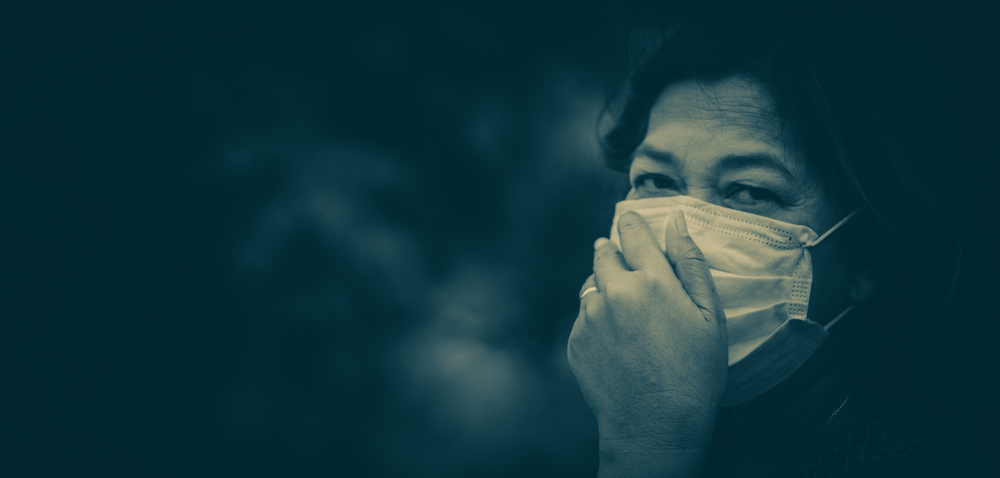Latest News
Singapore health infrastructure for COVID-19
Willingness in Singapore population towards COVID-19 vaccine
Mental health of workers in India during COVID19
Hospital acquired infections in India
COVID-19 in India Today
Categories

India is the second most populated country of world comprising 17.87% of total world population. Estimated current population as estimated by population clock of India has reached 1,404,035,041 individuals by December 15th 2020. Males are reportedly higher in number with 1.07 male to female ratio inferring to presence of 1,070 males for 1,000 females. Average life expectancy ratio in India is 66.8 years, where female life expectancy at birth (68 years) is relatively more than males (65.8 years) (1).
Generally, health situation of India has been observed to improve in current era when compared to past few decades. Health indicators monitored by World Health Organization (WHO) such as average life expectancy, neonatal mortality rate (27 per 1,000 live births as estimated in 2019), children under five mortality rate (34.3 per 1,000 live births as estimated in 2019) and maternal mortality rate (145 per 100,000 live births as estimated in 2017) have been noticed to improve substantially in recent years (2). These improvements can be correlated with general economic stability and growth resulting in increased gross domestic product (GDP) in the country. An estimated health financial indicator by WHO reports total expenditure of 4.69 Indian Rupees (INR) as a percentage of GDP in the year 2014 (2).
However, National Health Profile (NHP) 2018 stated India to be one of the countries with least expenditure on public health management (3). Although, the Government promised to provide health assurance to all Indians, yet the policy plans to spend 3 INR per person per day, which constitutes only 1.02% of the total GDP. This percentage is even lower than some neighboring low-income countries including Sri Lanka, Bhutan and Nepal who spent at least more than 1.2% of total GDP on healthcare for their population. Besides, National Health Accounts (NHA) has estimated that Government of India spent 1,108 INR per person per year under Government Health Expenditure (GHE) while 63 percent of total health expenditure was paid by citizens out of pocket (4).
Furthermore, there is an unequal distribution of health facilities among different states and classes within the country. Malnutrition in both children and adults have been highlighted as a major health issue of India. Indian children were indicated to be highest demographical group in the world being suffered with malnutrition. Deficiencies of iron, vitamin A, vitamin B complex, iodine and protein energy malnutrition are considered top of the list. In addition, communicable diseases such as dengue fever, malaria, pneumonia, tuberculosis, hepatitis, chickenpox and chikungunya have been indicated to increase the health burden of India. Alongside, poor hygiene and lack of sanitation worsen the health condition by increasing prevalence of infectious diseases within the country. Poor air quality and other environmental, social and economic factors may also play role in progression of non-communicable diseases including diabetes, hypertension, cardiovascular disorders, chronic pulmonary diseases, cancers and mental disorders. The Government of India has initiated several health education programs focused on nutrition, communicable and non-communicable diseases and preventive health measures to promote improvement of general health condition in India. These efforts have been fruitful up to some extent, however, there is still more to be done in terms of budget allocation, policy making and provisioning health access to every Indian equally and uniformly (5).
References:
- 1. Accessed from https://countrymeters.info/en/India
- 2. World Health Organaization (WHO). Accessed from https://apps.who.int/gho/data/node.cco.ki-IND?lang=en
- 3. National Health Profile 2018, 13th Accessed from http://www.indiaenvironmentportal.org.in/files/file/NHP%202018.pdf
- 4. Maurya L. and Das J. Down to earth. 2020. Accessed from https://www.downtoearth.org.in/dte-infographics/india_s_health_crisis/index.html
- 5. Kumar R. Universal health coverage–Time to dismantle vertical public health programs in India. Journal of family medicine and primary care. 2019 Apr;8(4):1295. Accessed from https://www.ncbi.nlm.nih.gov/pmc/articles/PMC6510079/
